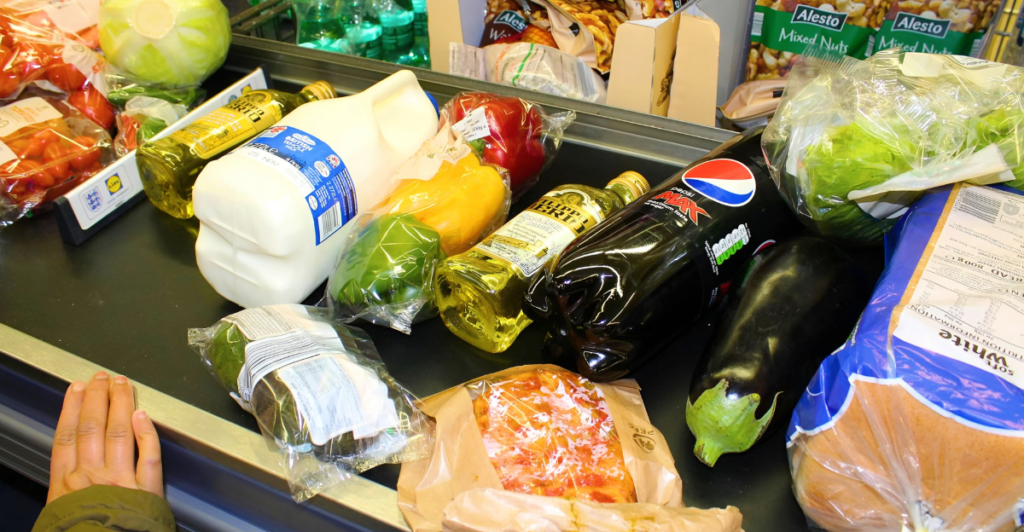
Recent tariff policies are set to impact everyday grocery expenses, causing significant price hikes across various food items. With a 25% tariff imposed on imports from Mexico and Canada, two of the largest food suppliers to the U.S., consumers will notice increased costs in multiple categories.
From fresh fruits and vegetables to beverages, these shifts will reshape shopping budgets and meal planning for many households. Here’s a breakdown of 12 everyday foods that are about to get more expensive.
1. Avocados
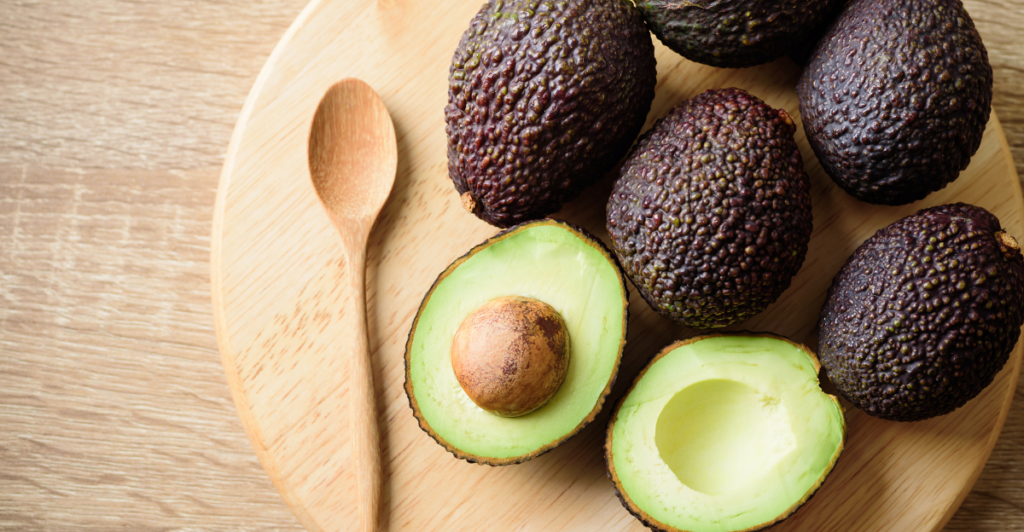
Avocado prices are expected to increase due to tariffs on imports from Mexico, the primary supplier of this popular fruit.
Whether eating avocado toast or guacamole, the cost at checkout might climb significantly. Experts predict that these tariffs could hit grocery bills hard, making avocados a pricier indulgence.
2. Strawberries

Strawberries are another popular favorite likely to see price hikes. Tariffs on imports will increase the price of this vitamin-packed berry.
Although berries continue to be a staple during warmer months, some consumers may want to think twice about how often they purchase them — or seek out local alternatives.
3. Peppers
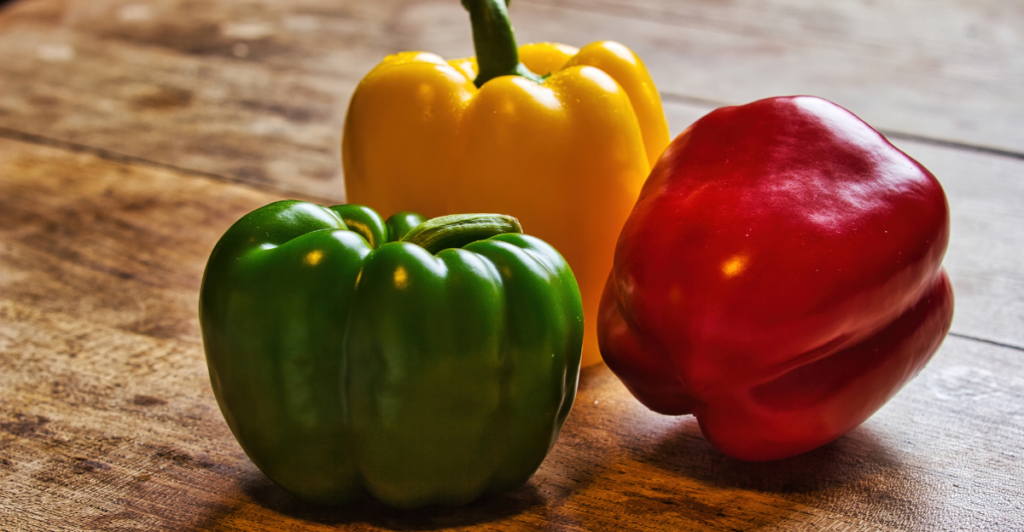
Popular pepper varieties, such as bell peppers and jalapeños, are set to become more expensive because of import tariffs.
These vibrant vegetables add flavor and color to meals but they may now come with a higher price tag. Shoppers will have to brace for higher prices when they add peppers to their shopping lists.
4. Nuts
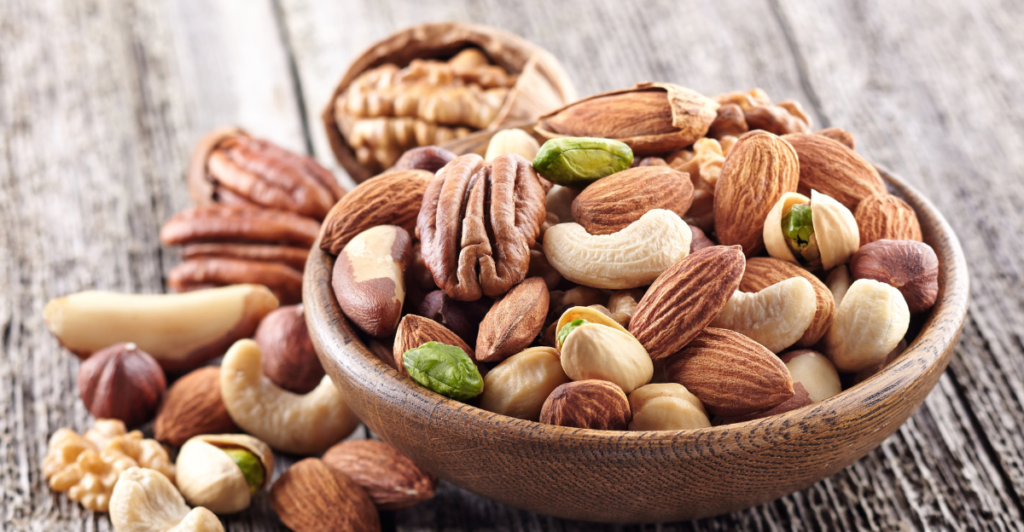
Nuts like almonds, walnuts, and peanuts are facing price hikes as tariffs affect imports from key suppliers. These healthy snacks and cooking essentials will likely become more expensive, prompting consumers to monitor prices closely or explore domestic options.
5. Beer
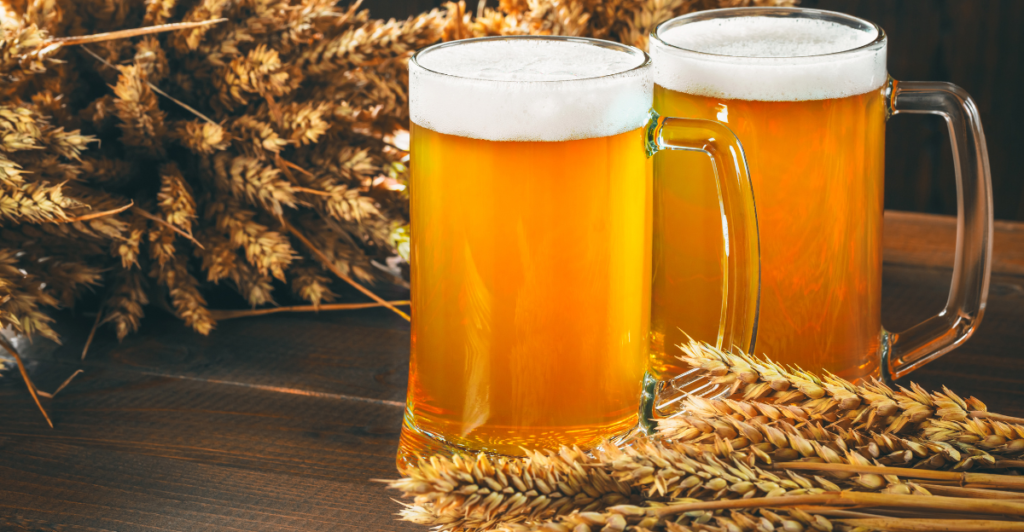
Beer drinkers will feel the pinch as tariffs on imported ingredients like hops and barley drive up production costs for breweries.
From craft beers to international favorites, the price of a cold brew is set to increase. Stocking up before prices escalate may be a wise choice for enthusiasts.
6. Cooking Oil
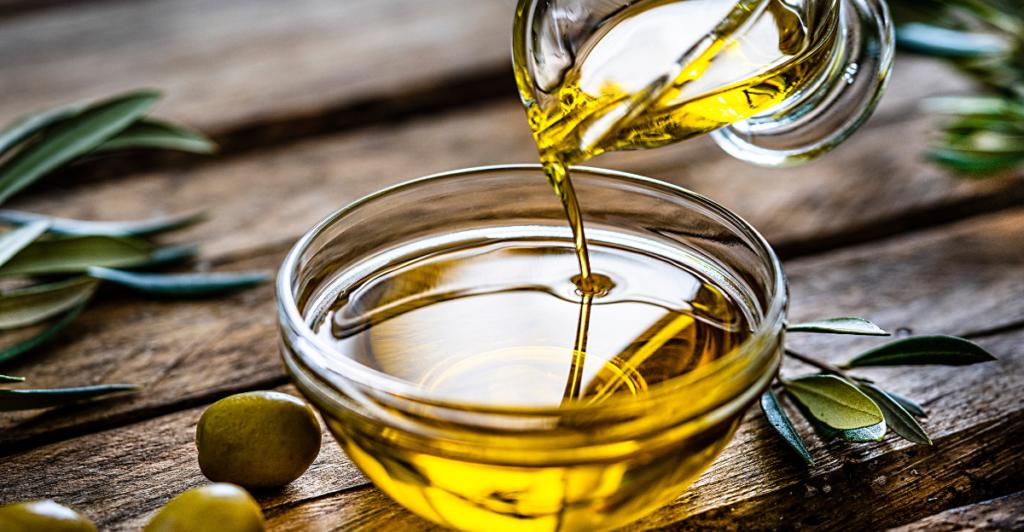
Cooking oil prices are about to rise due to tariffs on imported varieties like olive oil and canola oil. Essential kitchen staples for frying, baking, and sautéing, these oils could further strain household budgets. Buying in bulk during sales might help mitigate the impact.
7. Seafood
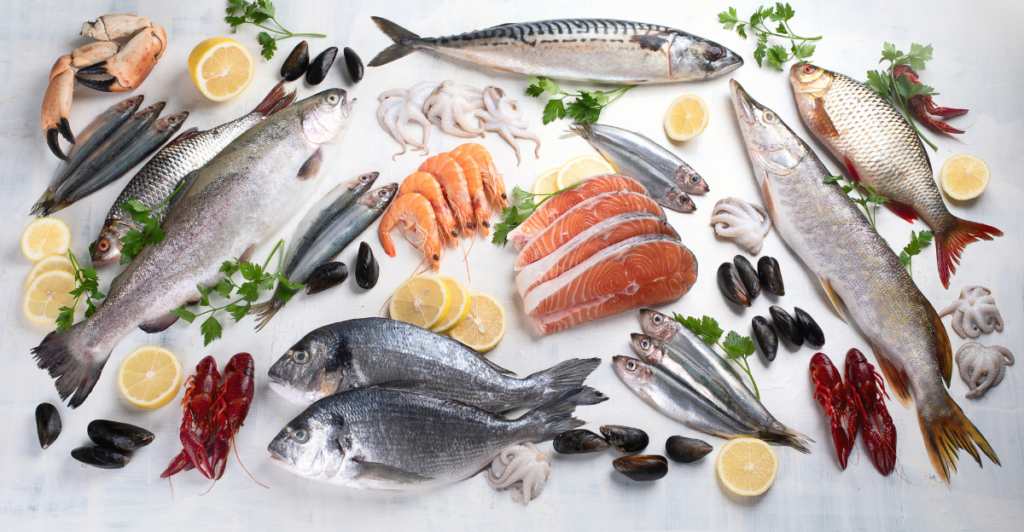
Seafood lovers should brace themselves as tariffs target imports of shrimp, salmon, and crab. With many seafood items imported from other parts of the world, the price for these delicacies is likely to climb significantly. Shopping smartly or choosing locally sourced seafood can help mitigate more expenses.
8. Maple Syrup

Maple syrup prices could increase because of import tariffs on this sweet breakfast staple. Pancakes and waffles drizzled with maple syrup could become more expensive treats for households across America.
9. Beef
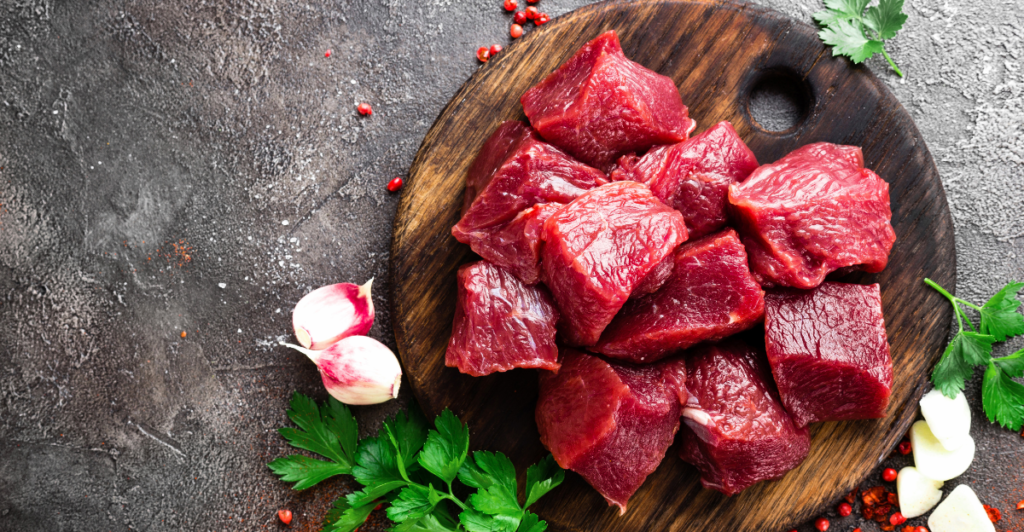
Beef products like steaks and burgers will become more expensive as new tariffs are placed on imported meat from Canada and Mexico.
A 25% tariff would significantly raise the price of beef-based meals, and lead consumers to search for other protein sources.
10. Tomatoes
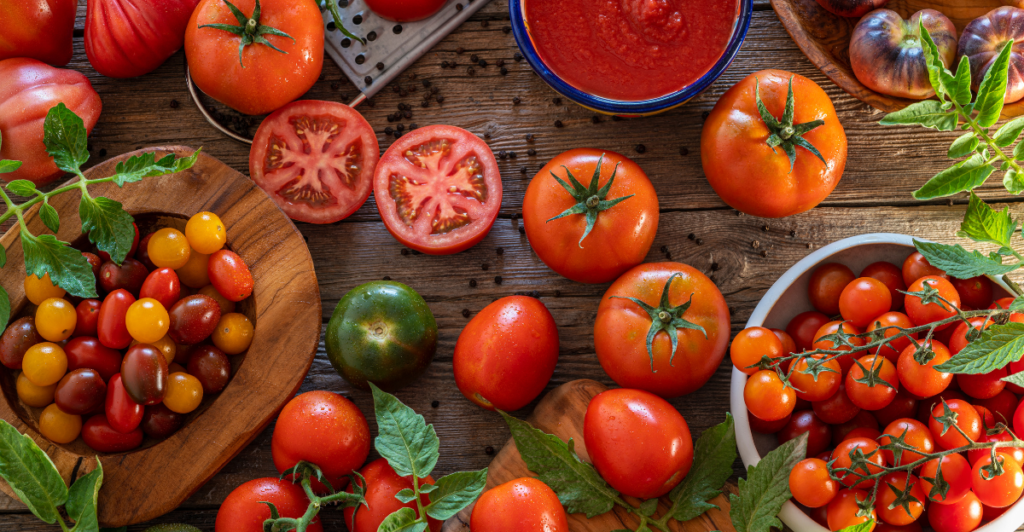
Tomatoes are another staple impacted by tariffs on Mexican imports. As perhaps the most commonly used ingredient in sauces, salads, and other dishes, tomato prices could increase as much as 25%. This increase could drive shoppers toward domestic or alternate options.
11. Cereals
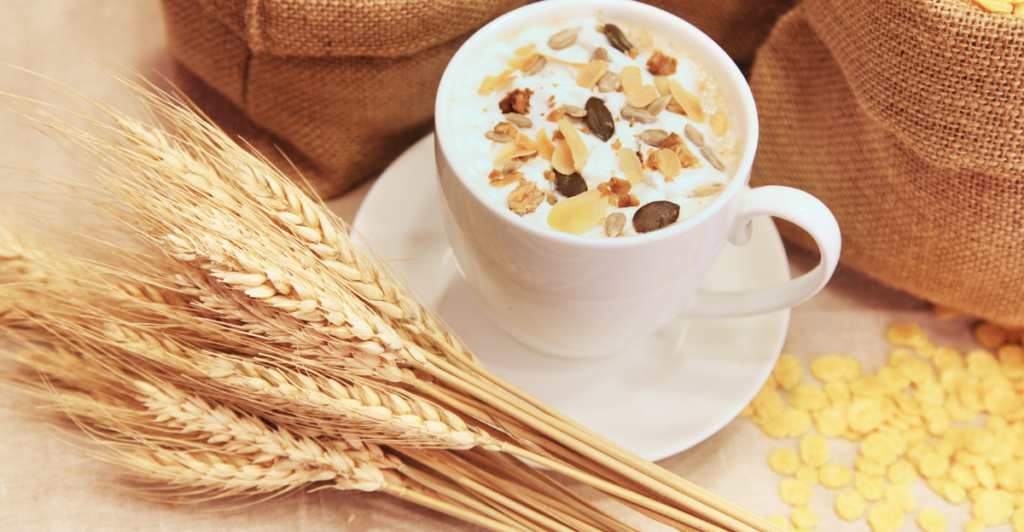
Breakfast cereals made with imported grains such as oats and corn will get more expensive as the United States raises tariffs on agricultural products shipped from Canada and Mexico. In response, consumers might have to stock up or switch brands.
12. Dairy Products
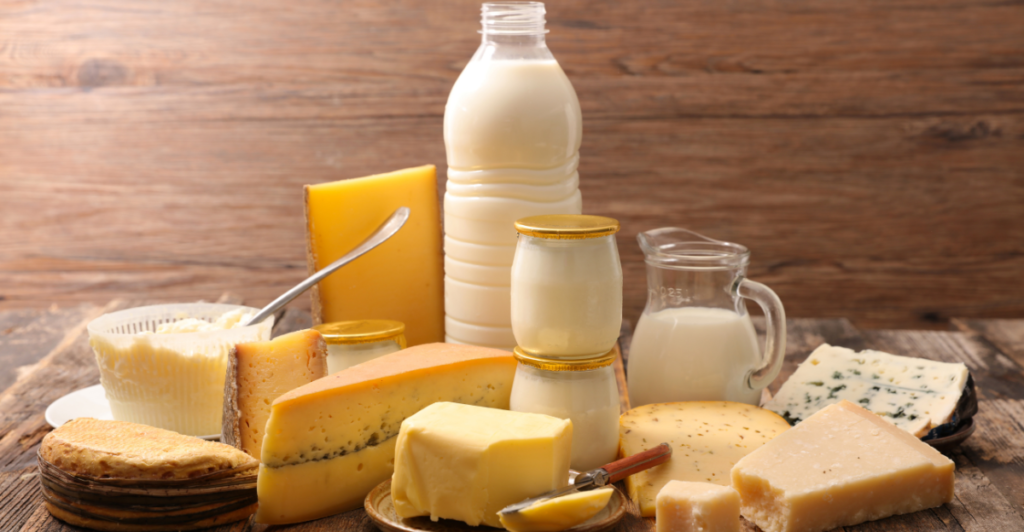
Milk, cheese, yogurt, and other dairy products are feeling the effects of new import tariffs as well. These measures have lowered competition in the market, which means people can expect to pay more for these everyday staples.
By understanding which foods are impacted by these tariff policies, consumers can plan their grocery budgets accordingly, consider alternative foods, or stock up on their favorites before prices increase even more.
